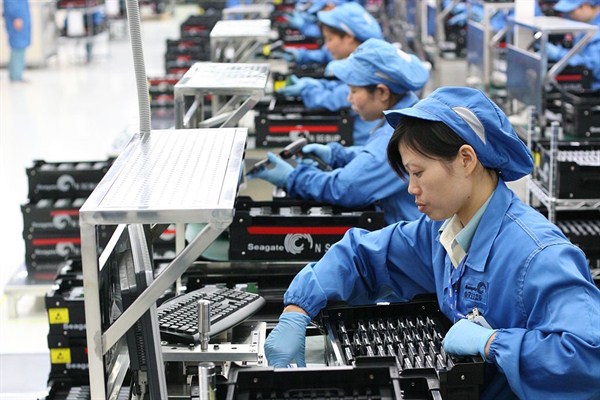The economic reforms that began in China in the early 1980s triggered one of the largest population movements in human history. Since they began, in each decade, tens of millions of rural people have left the land to seek higher incomes by working or trading in urban areas. The census in 2000 found that there were more than 120 million migrant workers in Chinese cities. More-recent estimates go as high as 200 million. This massive internal migration has appeared especially dramatic from a Chinese perspective because mobility was severely restricted in Maoist times, making it almost impossible for rural people to leave their villages.
The pull factors for rural migrants were to be found in the growing prosperity of the coastal zone, where China’s extraordinarily rapid economic growth has been concentrated. Some migrants went to established cities, where they worked as petty traders or in the service sector, as well as in manufacturing and the construction industry. Others were drawn to the new urban areas of the coastal zone, such as Shenzhen, where booming export industries created an ever-increasing demand for assembly-line labor.
The push factors that made migrants want to leave were the poverty of the rural areas, especially in the interior provinces, as well as their huge labor surpluses and lack of opportunities for nonagricultural employment. China’s economy was characterized by profound inequalities between urban and rural areas on the one hand, and between the coastal areas and the interior provinces on the other.

